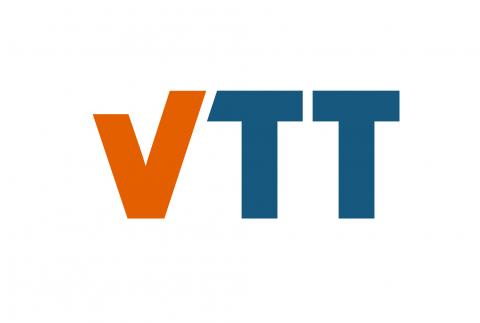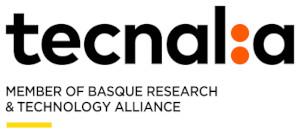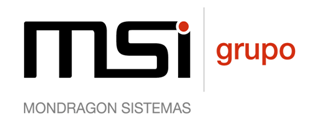Knowledge management in COCOP
By Alexander Ebel (www.bfi.de)
Interdisciplinary projects such as COCOP require a continuous exchange of knowledge between project developers during the development phase. Information about data exchange protocols is particularly important, since these are frequently changed during development. At the same time, these protocols are used by several developers to implement parts of the solution.
Further, within such projects different process models are utilized in order to generate forecasts for process behaviour or to optimize process parameters. The detailed knowledge about these models, such as the relation to processes, utilized variables or model parameters is of prime importance for solution developers. However, such information is often distributed between different persons (such as model developer, process engineers, software developers etc.) and is difficult to access.
In order to make this knowledge available for all team members and even for final users, utilization of computer aided knowledge management tools is required. Within this project, we developed an ontology-based approach and a web based software solution that allows managing this kind of the information in a more intuitive way.
Ontologies are an appropriate methodology for structuring knowledge. An ontology is a formal representation of a set of terms and the relations between them in certain subject area. Despite the complex definition, the utilization of ontologies is very intuitive and straightforward. In first step, a domain vocabulary must be defined. The domain vocabulary determine the utilized terms and the relation between these terms.
Figure 1. Shows a simple example of such ontology definition. In this example it is defined, that there is a “Professor”, who is a “Person” and a “Person” is living under “Address”. “Professor” and “Person” are concepts while “is a” and “living” are the relations. The ontology defines a structure for data and its semantical meaning.
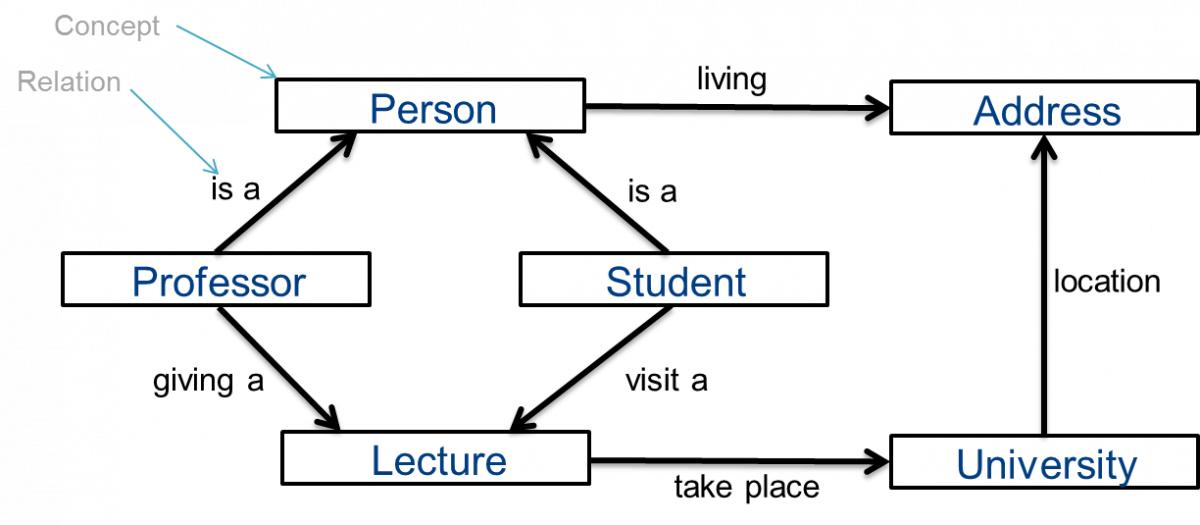
Figure 1 Example of a simple ontology
After the definition of the ontology, the semantic structure can be utilized in order to store the information of interest. This step is called instantiation. Figure 2 shows an example of the ontology filled with data.
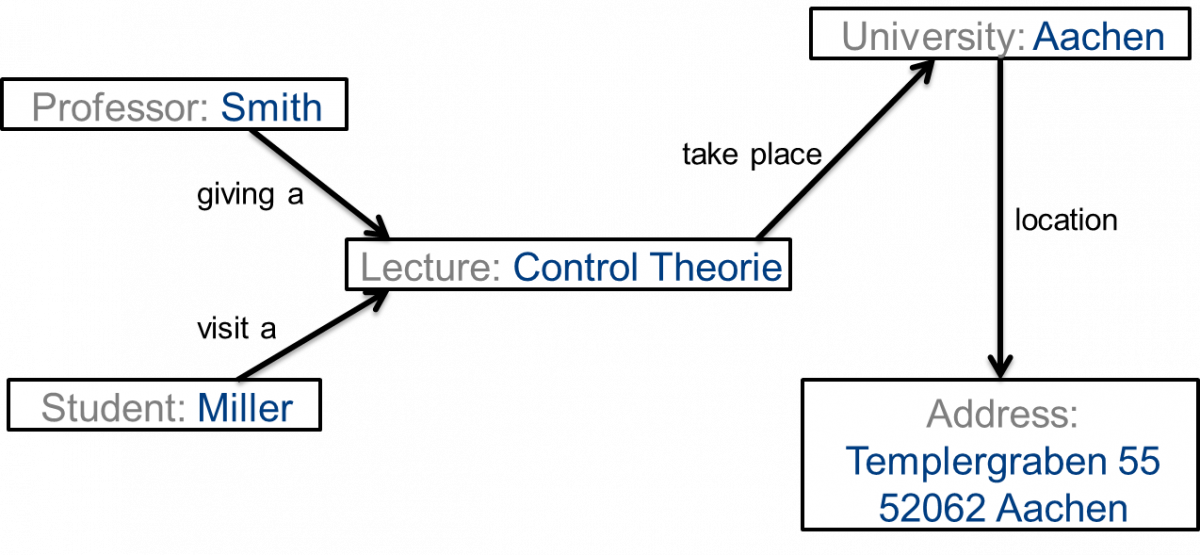
Figure 2. Instantiation of an ontology
The presented simple example shows that even complex information can be interpreted very intuitively by human user.
Within the COCOP project, we developed a web-based tool that allows to define the ontology, to instantiate the information and to access this information. This tool generates a list of possible terms allowing a keyword based search. Originating from this list further information can be accessed by selecting the individual objects along the given relations.
The Figure 3 shows a screenshot of the application providing a simplified example for the description of “FSF Model”. In this example “FSF Model [type of Model]” is related to a “process” called “Smelting process [type of Process]” and contains a parameter “Smelting temperature [type of Parameter]”. The “Smelting temperature” is on its part related to a “sensor” whose values are stored within the “storage” “FSF Temp Storage [type of DBStorage]”. “FSF Temp Storage” on its part provides further information on “database”, “table”, “column” as well as “unit”. This simple example demonstrates the principle organisation of information. The ontology structure expressed through “type of” relation is filled with real facts describing the information of interest.
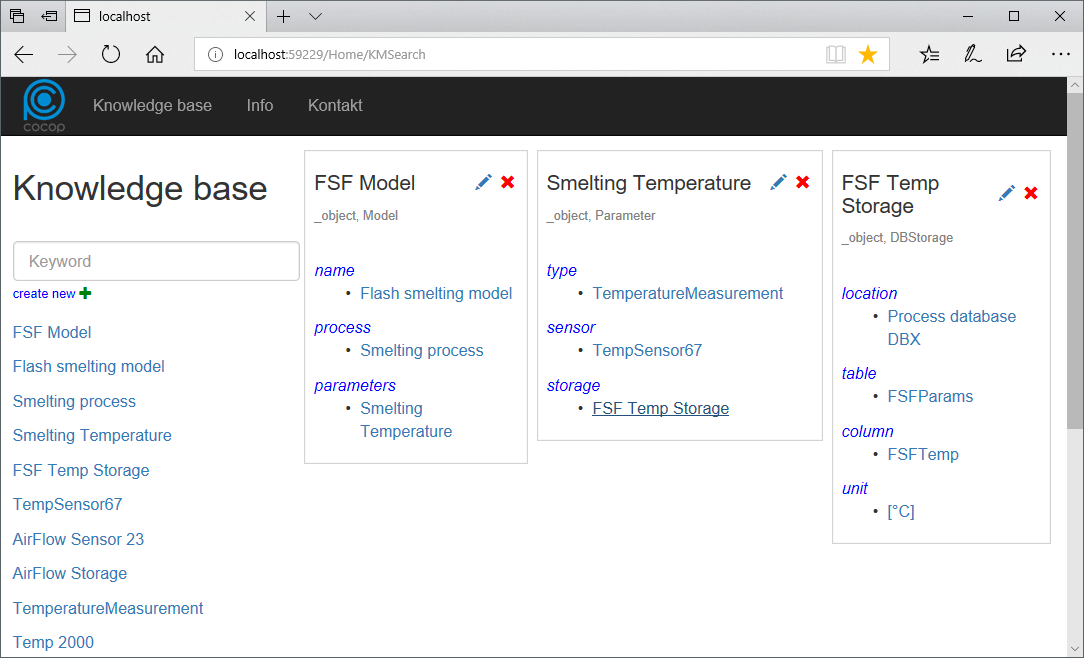
Figure 3. Screenshot of Knowledge management tool
This approach allows a very intuitive organisation of knowledge with ability to find the required information quickly. For example, if one searches for model parameters he gets all required information just with few mouse clicks.
Follow the discussion in the COCOP Debate Group of Linkedin








